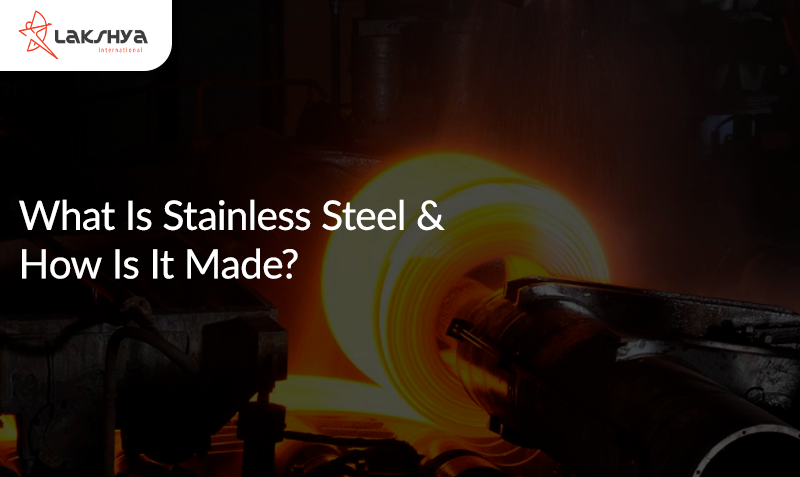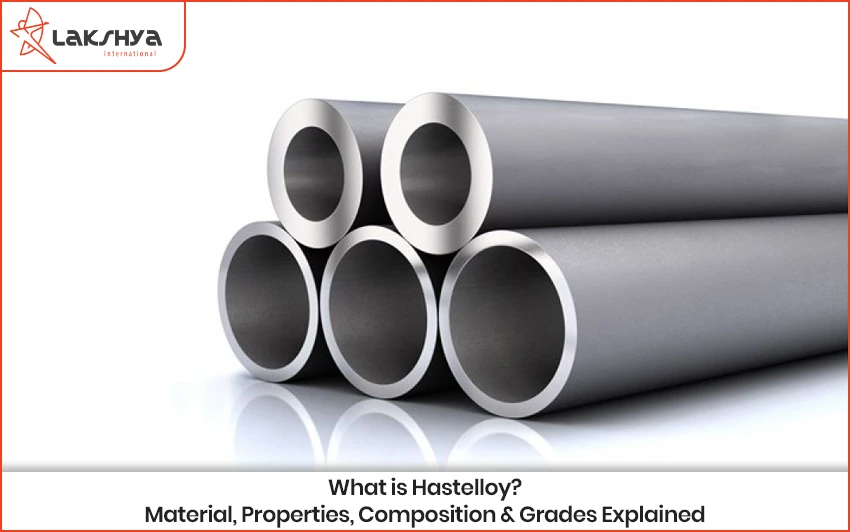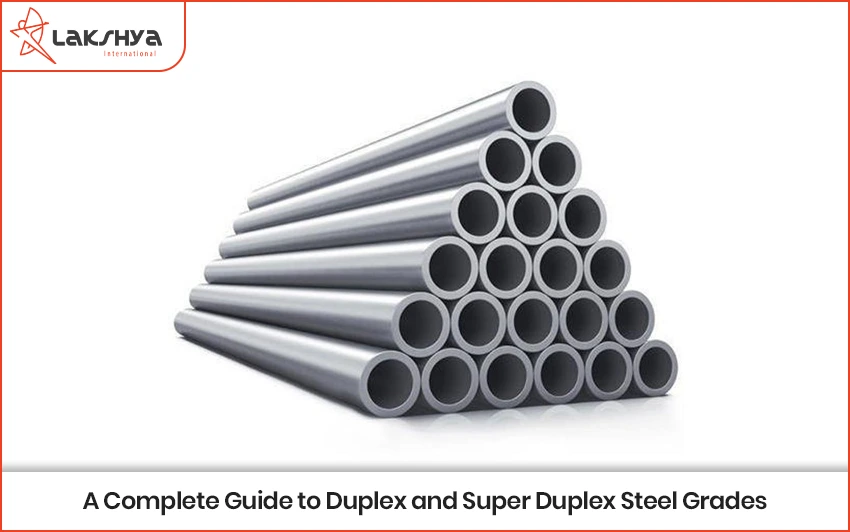“Stainless steel” serves as a broad term encompassing a range of steel variants. Much like the various forms of steel, stainless steel undergoes a dual-stage production process primarily involving iron and carbon. The distinctive characteristic of stainless steel lies in the incorporation of chromium (Cr) alongside other alloying components like nickel (Ni). This deliberate alloying imparts exceptional resistance to corrosion, setting it apart from conventional steel types.
Stainless steel boasts exceptional corrosion resistance, incredible strength and aesthetic appeal, making it a versatile material that is widely used in both industrial and consumer applications
But the transformation of stainless steel from the scrap to the refined mineral assemblage to its final form and purpose makes for an interesting journey the life of most Stainless Steel the early 19th century follows a similar pattern before the onset of a series of transition processes. These processes, in which the properties of the alloy are precisely blended, result in a diverse collection of its properties
Thus, in order to identify the complexities of stainless steel production, we need to travel through the list.
What Is Stainless Steel?
Stainless steel is still a material made primarily of iron and chromium. The main component of stainless steel is chromium, which should be at least 10.5% of the alloy. However, the exact composition and thickness of the alloys can vary considerably depending on the desired metal and the intended application
Other common additives include the elements nickel, carbon, manganese, molybdenum, nitrogen, sulfur, copper, and silicon. The precision of the steel is carefully measured and analyzed throughout the formulation to ensure that the steel meets the required specifications
These developments serve different purposes, e.g.
- Increased corrosion resistance.
- Strengthens resistance to high temperatures.
- Excellent low temperature resistance.
- Increased strength.
- Increasing weldability.
- It simplifies the process.
- Applications of magnetism.
However, the structure of stainless steel is not the only factor that determines its unique properties. The manufacturing process itself plays an important role in the variation in steel properties.
Austenitic Grades:
| Grade | EN Specification | Carbon (C) | Silicon (S) | Manganese (Mn) | Phosphorus (P) | Sulfur (S) | Chromium (Cr) | Molybdenum (Mo) | Nickel (Ni) | Nitrogen (N) | Iron (Fe) |
| 301 | 1.4310 | 0.05 – 0.15 | 2.00 | 2.00 | 0.045 | 0.015 | 16.0 – 19.0 | 0.80 | 6.0 – 9.5 | 0.10 | Balance |
| 304 | 1.4301 | 0.07 | 1.00 | 2.00 | 0.045 | 0.015 | 17.5 – 19.5 | – | 8.0 – 10.5 | 0.1 | Balance |
| 304L | 1.4307 | 0.03 | 1.00 | 2.00 | 0.045 | 0.015 | 17.5 – 19.5 | – | 8.0 – 10.5 | 0.1 | Balance |
| 201 | 1.4372 | 0.15 | 1.00 | 5.5 – 7.5 | 0.045 | 0.015 | 16.0 – 18.0 | – | 3.5 – 5.5 | 0.05 – 0.25 | Balance |
| 316 | 1.4401 | 0.07 | 1.00 | 2.00 | 0.045 | 0.015 | 16.5 – 18.5 | 2.0 – 2.5 | 10.0 – 13.0 | 0.1 | Balance |
| 316L | 1.4404 | 0.03 | 1.00 | 2.00 | 0.045 | 0.015 | 16.5 – 18.5 | 2.0 – 2.5 | 10.0 – 13.0 | 0.1 | Balance |
Ferritic Grades:
| Grade | EN Specification | Carbon(C) | Silicon(Si) | Manganese(Mn) | Phosphorus(P) | Sulfur(S) | Chromium(Cr) | Titanium(Ti) | Niobium(Nb) | Molybdenum(Mo) | Nickel (Ni) |
| 409 | 1.4512 | 0.030 | 1.00 | 1.00 | 0.040 | 0.015 | 10.5 – 12.5 | [6 x (C + N)] to max 0.65 | – | – | – |
| 430 | 1.4016 | 0.080 | 1.00 | 1.00 | 0.040 | 0.015 | 16.0 – 18.0 | – | – | – | – |
| 434 | 1.4113 | 0.080 | 1.00 | 1.00 | 0.040 | 0.015 | 16.0 – 18.0 | – | – | – | – |
| 439 | 1.4510 | 0.050 | 1.00 | 1.00 | 0.040 | 0.015 | 16.0 – 18.0 | [4 x (C + N) + 0.15] to max 0.8 | (3 x C + 0.3) to max 1 | – | – |
| 4509 | 1.4509 | 0.030 | 1.00 | 1.00 | 0.040 | 0.015 | 17.5 – 18.5 | 0.1 – 0.6 | – | – | – |
| 436 | 1.4513 | 0.025 | 1.00 | 1.00 | 0.040 | 0.015 | 16.0 – 18.0 | [4 x (C + N) + 0.15] to max 0.8 | – | 0.80 – 1.40 | 0.020 |
Martensitic Grades:
| Grade | EN Specification | Carbon (C) | Silicon (S) | Manganese (Mn) | Phosphorus (P) | Sulfur (S) | Chromium (Cr) | Nickel (Ni) | Nitrogen (N) | Iron (Fe) |
| 410 | 1.4006 | 0.08 – 0.15 | 1.00 | 1.50 | 0.040 | 0.015 | 11.5 – 13.5 | 0.75 | – | Balance |
| 420 | 1.4021 | 0.16 – 0.25 | 1.00 | 1.50 | 0.040 | 0.015 | 12.0 – 14.0 | – | – | Balance |
| 420 | 1.4031 | 0.07 | 1.00 | 2.00 | 0.045 | 0.015 | 17.5 – 19.5 | 8.0 – 10.5 | 0.1 | Balance |
The Making Of Stainless Steel
The specific journey that a 316 grade of stainless steel undertakes in its later stages can vary significantly. The shaping, working, and finishing of a steel grade are pivotal factors in determining both its visual appeal and its performance.
To craft a usable steel product, the initial step involves the creation of a molten alloy. Most steel grades share common starting procedures:
Step 1: Melting
The production of stainless steel commences with the melting of scrap metals and additives in an electric arc furnace (EAF). Using high-powered electrodes, the EAF gradually heats the metals over several hours, resulting in a molten, fluid mixture.
Remarkably, stainless steel is 100% recyclable, and many stainless orders contain up to 60% recycled steel. This practice not only helps control costs but also minimizes environmental impact. The specific temperatures required vary depending on the grade of steel being produced.
Step 2: Carbon Content Removal
While carbon contributes to the hardness and strength of iron, an excessive amount can lead to issues, such as carbide precipitation during welding. Therefore, before casting molten stainless steel, it is imperative to calibrate and reduce the carbon content to the appropriate level.
Foundries employ two primary methods to manage carbon content. The first is Argon Oxygen Decarburization (AOD), which involves injecting an argon gas mixture into the molten steel to reduce carbon content while preserving other essential elements.
The second method is Vacuum Oxygen Decarburization (VOD), where molten steel is transferred to a separate chamber, and oxygen is introduced into the steel while applying heat. A vacuum system then removes released gases from the chamber, further decreasing carbon content.
Both methods provide precise control over carbon content, ensuring a proper mixture and precise characteristics in the final stainless steel product.
Step 3: Tuning
Following carbon reduction, the metal undergoes a final adjustment and homogenization of temperature and chemistry. This guarantees that the metal meets the requirements for its intended grade and maintains consistent composition throughout the batch.
Samples are rigorously tested and analyzed, with adjustments made as necessary until the mixture aligns with the specified standards.
Step 4: Shaping or Casting
With the molten steel prepared, the foundry must now form the preliminary shape that will be used for cooling and further processing of the steel. The exact shape and dimensions depend on the ultimate product’s requirements.
Common shapes include blooms, billets, slabs, rods, and tubes. These forms are marked with identifiers to track the batch through subsequent processes.
From this point onward, the steps will diverge based on the intended grade and the final product’s purpose. Slabs may evolve into plates, strips, or sheets, while blooms and billets can become bars and wires. Depending on the grade or format ordered, a steel may undergo some of these steps multiple times to attain the desired appearance and characteristics.
The subsequent steps represent the most commonly followed procedures in stainless steel production.
Stainless Steel Manufacturing Process
Hot Rolling:
This phase is executed at temperatures surpassing the steel’s recrystallization point. It establishes the initial physical dimensions of the steel while maintaining the required softness through precise temperature control. Multiple passes are employed to gradually adjust the steel’s dimensions, often involving passage through several mills to achieve the desired thickness.
Cold Rolling:
When precision is paramount, cold rolling is employed at temperatures below the steel’s recrystallization point. A set of supported rollers shapes the steel, resulting in a more uniform and attractive finish. However, this process can deform the steel’s structure, often necessitating heat treatment to revert it to its original microstructure.
Annealing:
Following rolling, most steel undergoes an annealing process, which entails controlled cycles of heating and cooling. This step softens the steel and alleviates internal stress. The specific temperatures and durations vary according to the steel grade, with heating and cooling rates influencing the final product.
Descaling or Pickling:
Throughout the various manufacturing stages, steel accumulates surface scale. This accumulation not only mars the steel’s appearance but can also affect its stain-resistance, durability, and weldability. Removing this scale is crucial to developing the oxide barrier responsible for stainless steel’s corrosion and stain resistance. Descaling or pickling is accomplished through either acid baths (acid pickling) or controlled heating and cooling in an oxygen-free environment. Depending on the final product, the metal may return to rolling or extruding for further processing, followed by repeated annealing phases until the desired properties are achieved.
Cutting:
Once the steel is appropriately processed, it is cut to meet order specifications. Common methods include mechanical techniques like guillotine knives, circular knives, high-speed blades, or punching with dies. For intricate shapes, flame cutting or plasma jet cutting may be employed, depending on the steel grade and the desired product shape.
Finishing:
Stainless steel is available in a range of finishes, from matte to mirror-like. The finishing stage is one of the final steps in the manufacturing process and employs techniques such as acid or sand etching, sand blasting, belt grinding, belt buffing, and belt polishing. At this juncture, the steel takes its final form and is prepared for shipment to the customer. Rolls and coils are typical ways to store and transport large quantities of stainless steel for use in various manufacturing processes. However, the specific form depends on the type of steel required and other order-specific factors.
Conclusion:
Understanding the appropriate stainless steel grades and types for specific applications and environments is crucial for achieving long-lasting results and optimizing costs. Whether you require a robust and corrosion-resistant steel for marine applications or an aesthetically pleasing and easy-to-clean option for restaurant use, Lakshya International has a stainless steel alloy tailored to your needs. Contact us today!




